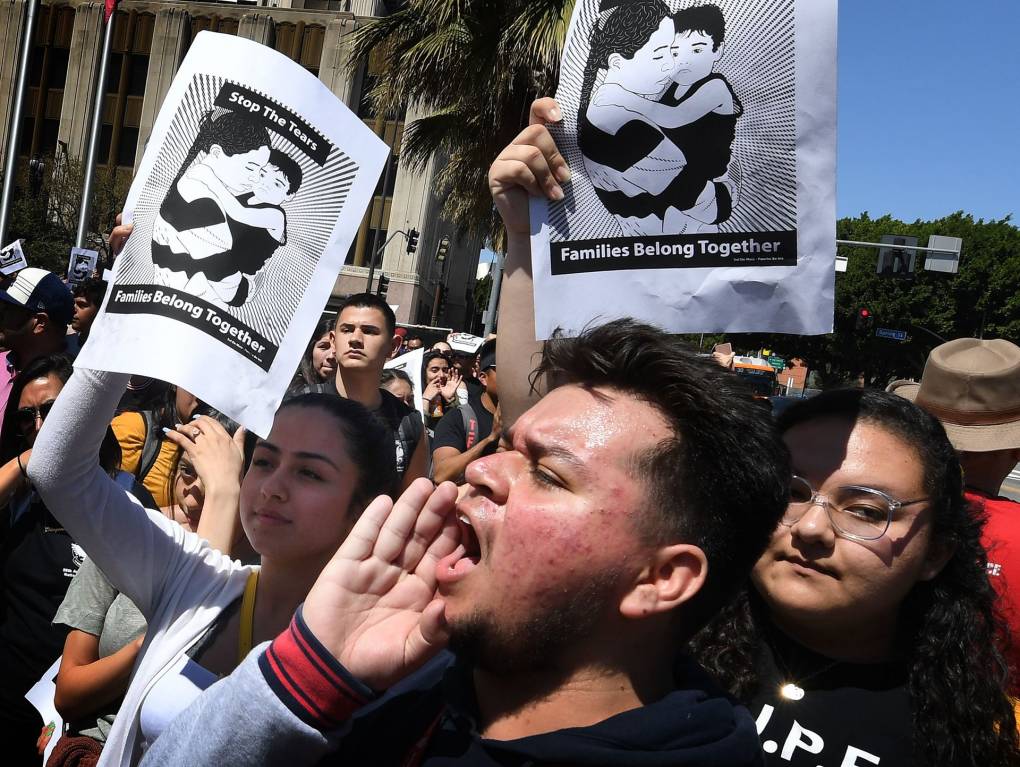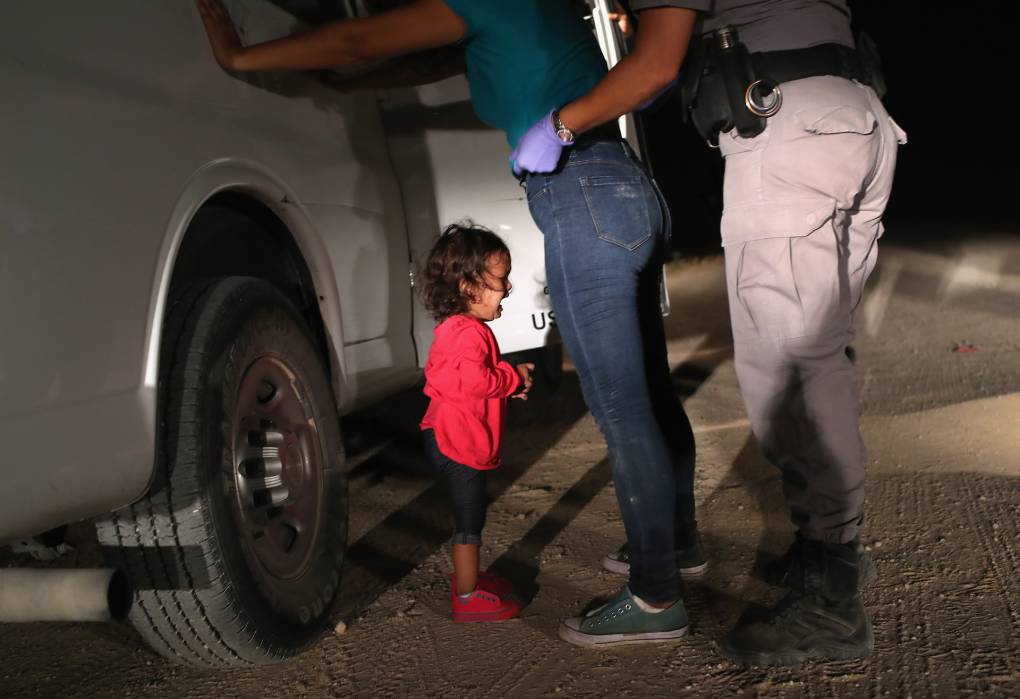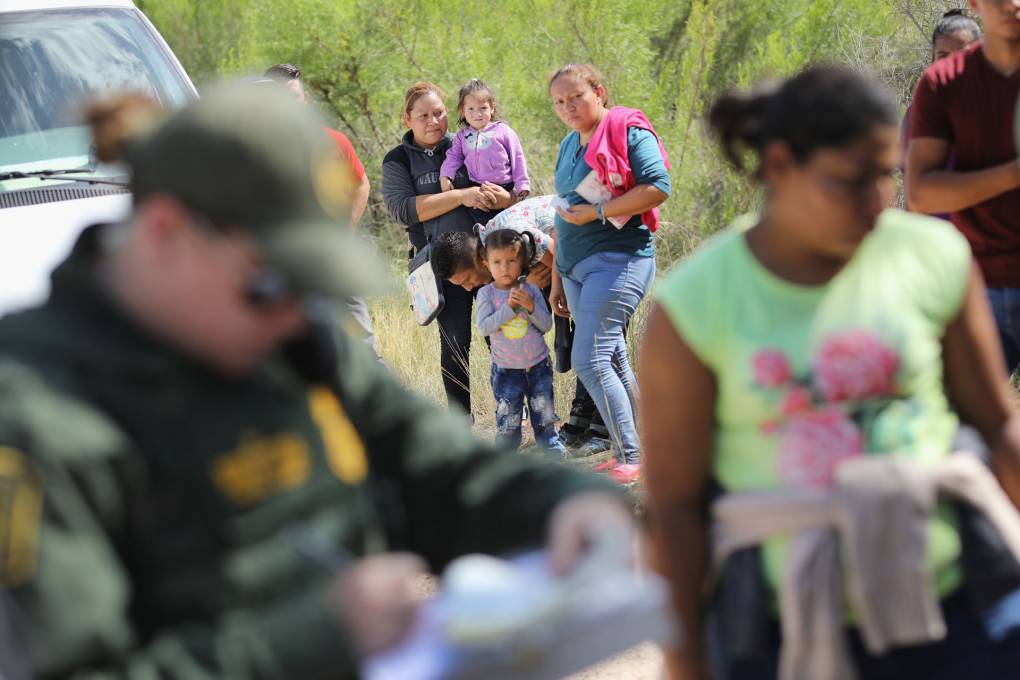This post has been updated.
Perhaps no immigration policy of President Trump has provoked more emotion than the practice of separating migrant families at the border.
It’s one of many of Trump's immigration initiatives that President-elect Joe Biden has pledged to reverse in his first 100 days in office. At the final presidential debate in October, Biden voiced outrage over the policy, in which border agents were instructed to take children away from their mothers and fathers to facilitate criminal prosecutions of the parents and send a message intended to deter future migration.
“Their kids were ripped from their arms and separated. And now they cannot find over 500 sets of those parents,” Biden said during the debate. “And those kids are alone. Nowhere to go. ... It's criminal.”
Biden was referring to the parents of 545 children who were separated in 2017, and who lawyers and advocates say they’re still unable to locate.
In fact, the total number of families who have not been reunited — in some cases more than three years later — is believed to be far greater than that.
Since Trump took office in 2017, more than 5,500 children have been separated due to administration policies. And while more than 3,000 parents have been located, that leaves a great many kids still in limbo.
Biden has said that on his first day in office, he’ll create a federal task force to reunite families separated under the Trump administration. But fully addressing family separations won’t be a straightforward process — and questions remain about how far the new administration will go to address the long-term effects of these separations on the children and parents involved.
Thousands of Separated Children
In June 2018, lawyers with the American Civil Liberties Union and the federal government appeared before U.S. District Judge Dana Sabraw in San Diego as part of a months-long battle to end family separations at the U.S.-Mexico border.
Sabraw issued an injunction, ordering an end to separations and requiring the federal government to swiftly reunify children with their parents (setting a deadline of 14 days for children under the age of 5 and 30 days for older children).
The government eventually identified 2,814 separated children. These families are known as the "original class" in the class-action lawsuit Ms. L. v. U.S. Immigration and Customs Enforcement. In some cases it took many months, but almost all of those families were reunited.



